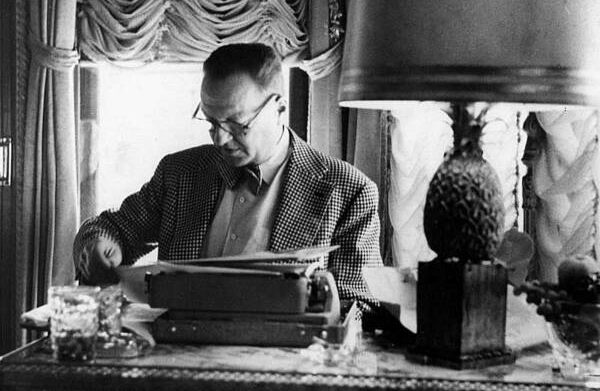
Lucius Beebe was a major figure in railroad literature and photography for nearly three decades, but contemporary readers might be amazed at just how far his reputation spread beyond railroading. He could have starred in the old TV show, “Lifestyles of the Rich and Famous.” Beebe was born Dec. 9, 1902, in Wakefield, Mass. His […]
Read More…

Virginia & Truckee 2-8-0 No. 5 brings the daily-except-Sunday mixed train across the highway crossing at Washoe, Nev., on Aug. 7, 1948. The railroad ended service on its 46-mile route on May 31, 1950. Fred H. Matthews Jr. photo […]
Read More…
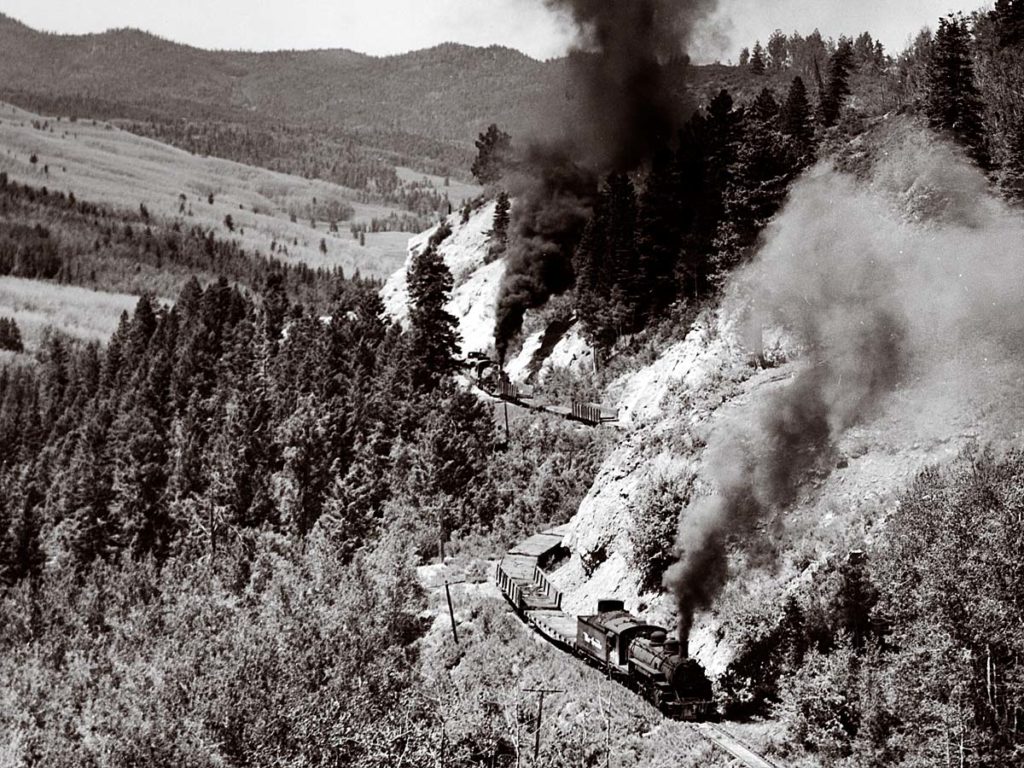
Denver & Rio Grande Western Mikados Nos. 497 and 488 lift an eastbound narrow gauge train up Cumbres Pass in June 1963. Under Rio Grande management such sights would last only five more years. Cornelius W. Hauck photo […]
Read More…
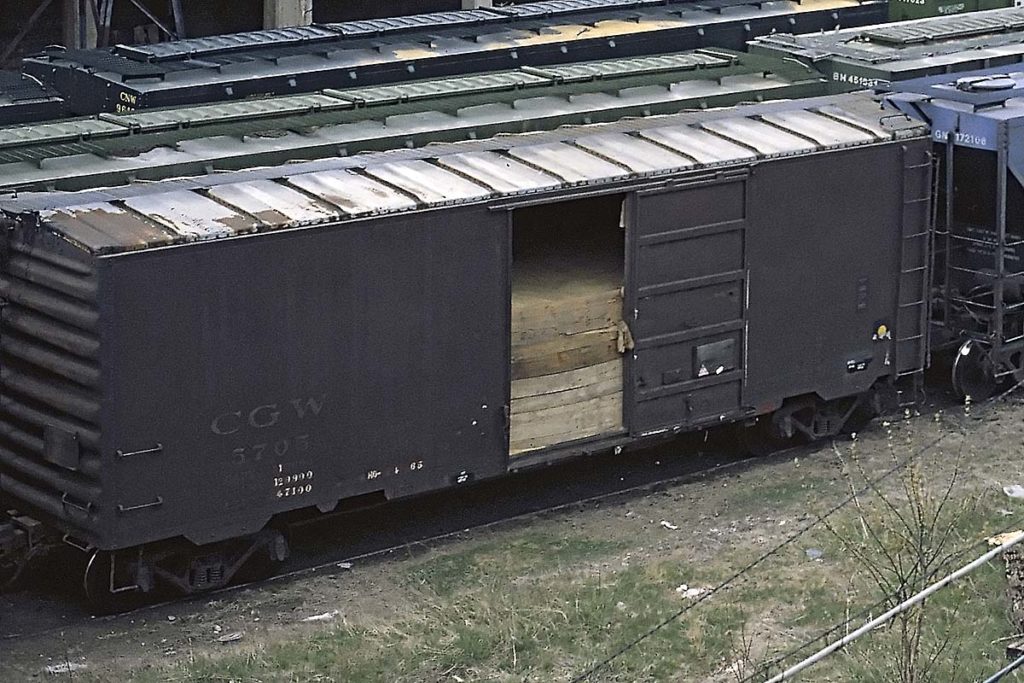
The plain 40-foot, general-purpose boxcar was the standard method of hauling bulk grain through the 1960s. Adding temporary grain doors to the door openings made a boxcar a rolling storage tub. This steel Chicago Great Western-marked car carries a load of corn at Milwaukee in the 1970s. Its replacements, high-capacity covered hopper cars, are already […]
Read More…
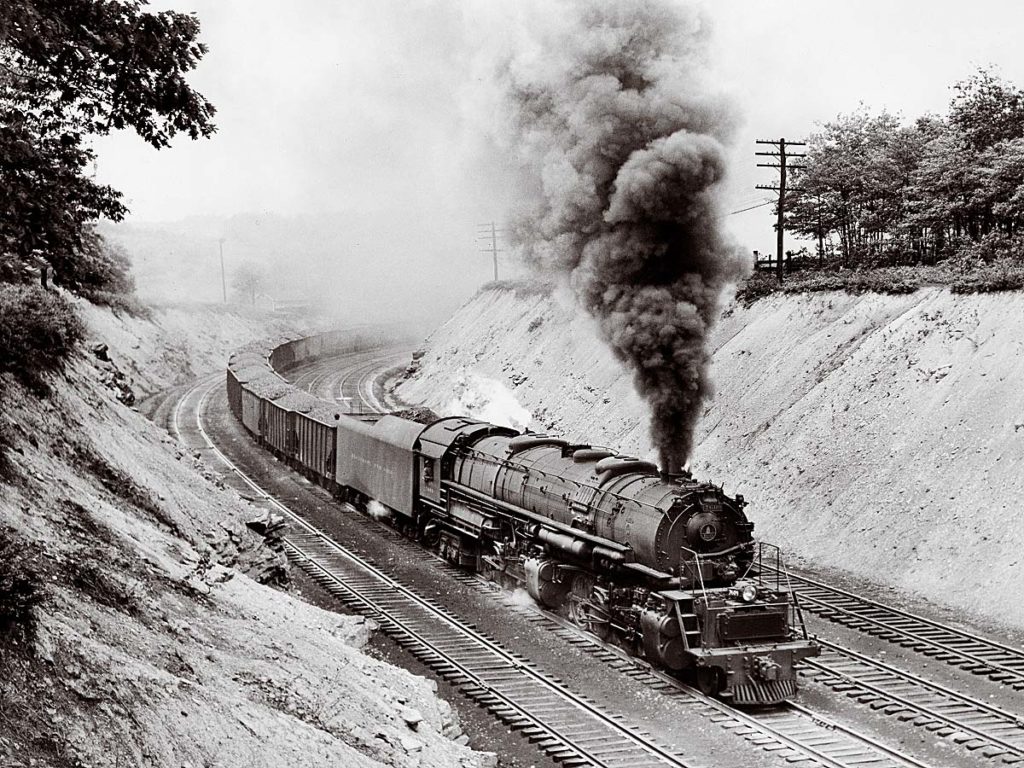
Baltimore & Ohio 2-8-8-4 No. 7609 carries a coal train to the summit at Altamont, W.Va., in June 1945. The locomotive is one of 30 EM1-class engines built by Baldwin. H.W. Pontin photo […]
Read More…
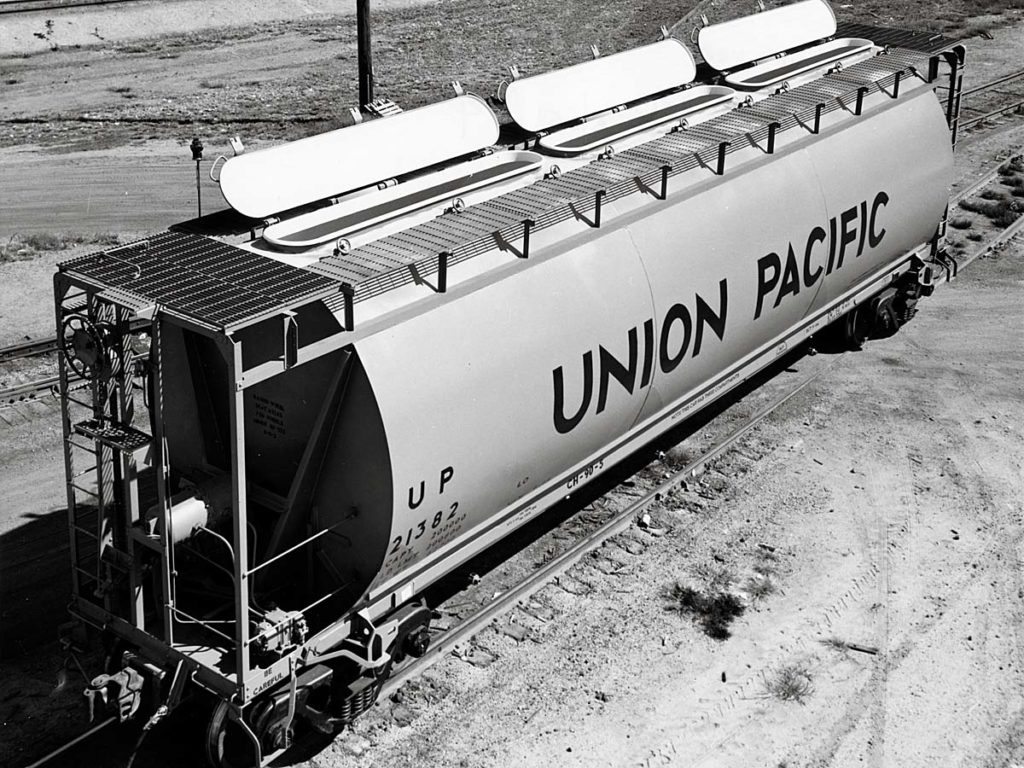
Early ACF Center Flow cars were nearly cylindrical. This 100-ton Union Pacific car, built in 1964, has three trough hatches and a 3,700-cubic foot capacity. Introduced in 1961, the Center Flow design had no center sill and instead relied on the curved sides for strength. Union Pacific photo […]
Read More…
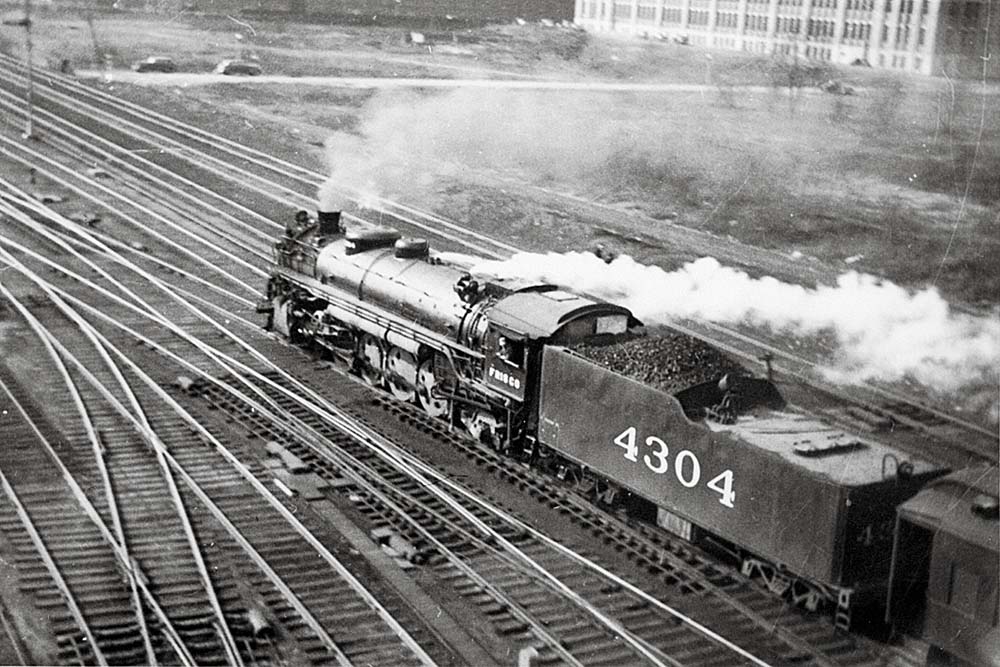
A particular run of the Kansas City-Florida Special may have changed the course of steam locomotive assignments on the Frisco. During the mid-1930s, the St. Louis-San Francisco Railroad started rebuilding low-drivered 2-10-2 freight locomotives into modern, high-horsepower, coal-burning 4-8-2s, also for freight service. The first series of these Mountain types was the big, […]
Read More…
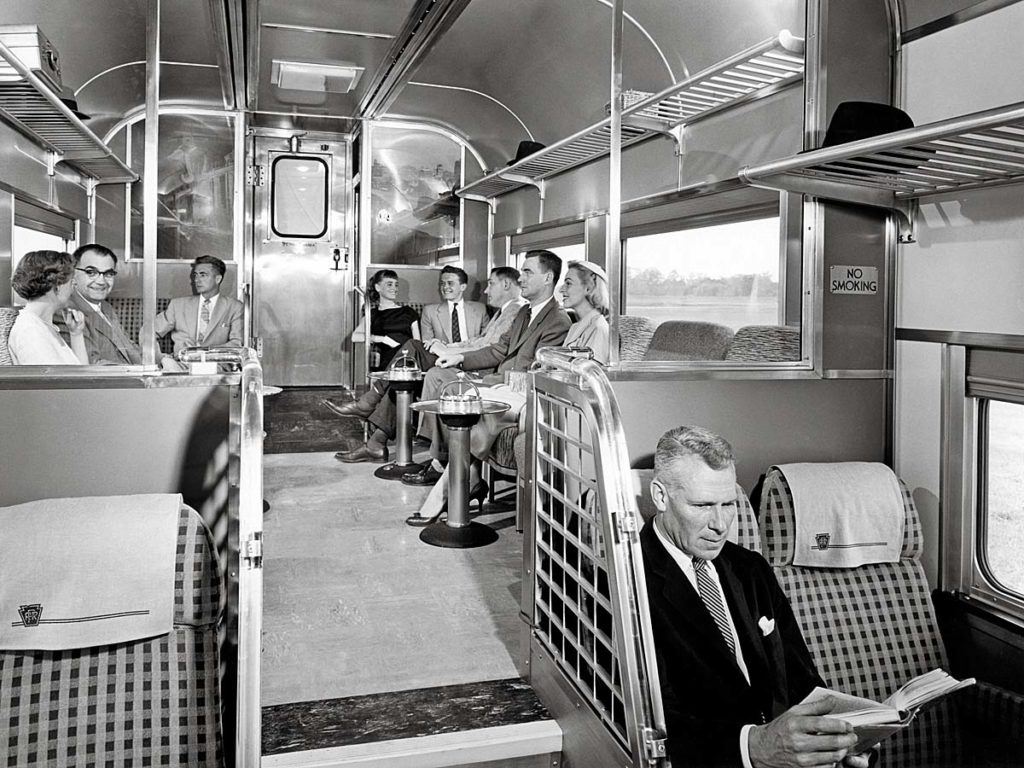
A man reads a book on the main level of a Budd-built Tubular coach while people relax in the smoking lounge above and behind him. Note the dark-colored ramp up to the end door. The train entered regular service on the Pennsylvania Railroad in June 1956 on the New York–Washington Keystone. Pennsylvania Railroad photo […]
Read More…
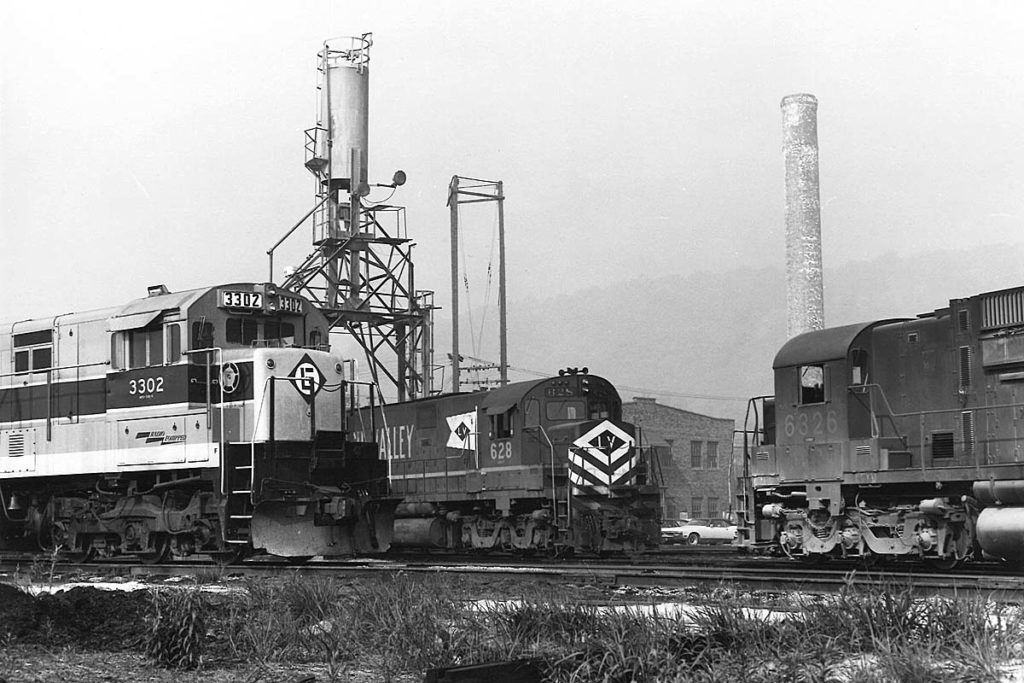
Six-axle units from three Conrail predecessors mingle at Mingo Junction, Ohio, in April 1976, the month of Big Blue’s creation. Visible left to right are former Erie Lackawanna GE U33C No. 3302, Lehigh Valley Alco C628 No. 628, and Penn Central C630 No. 3626. Jay Potter photo […]
Read More…
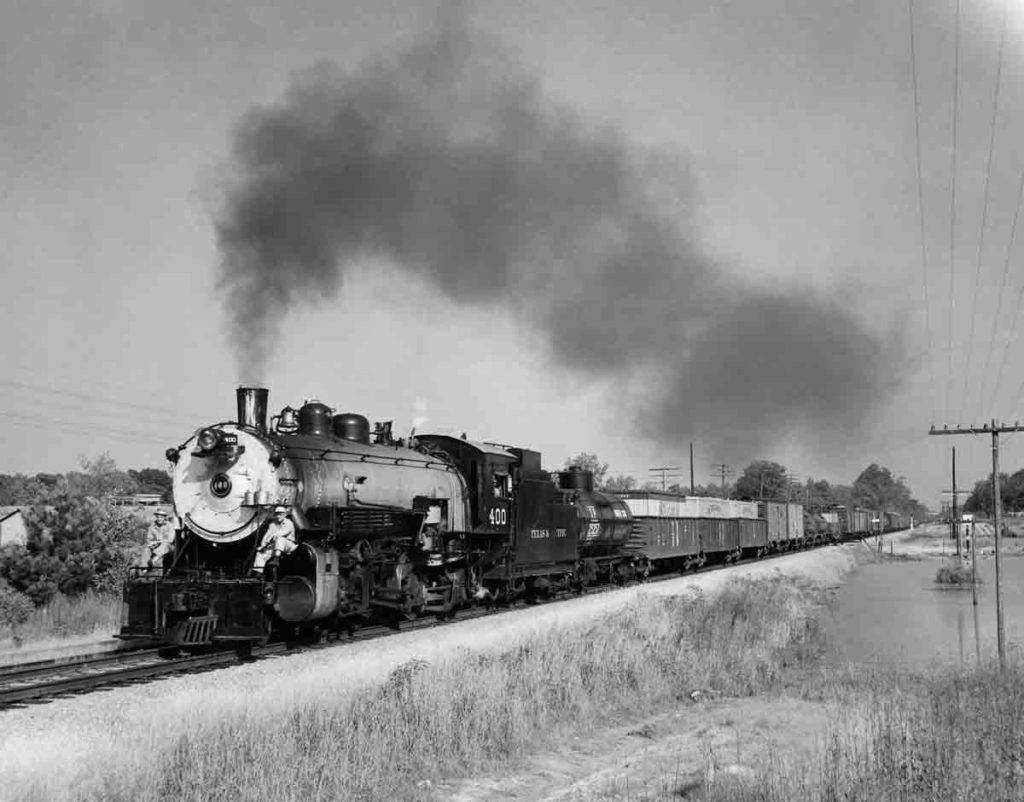
Texas & Pacific ended regular steam operations in 1952. When Red River flooding near Boyce, La., became too deep for diesels to wade through in 1957, T&P borrowed a 2-8-2 from the Fort Worth & Denver to haul trains in the high water. In January 1958, T&P bought a different FW&D Mike, No, 410, and […]
Read More…
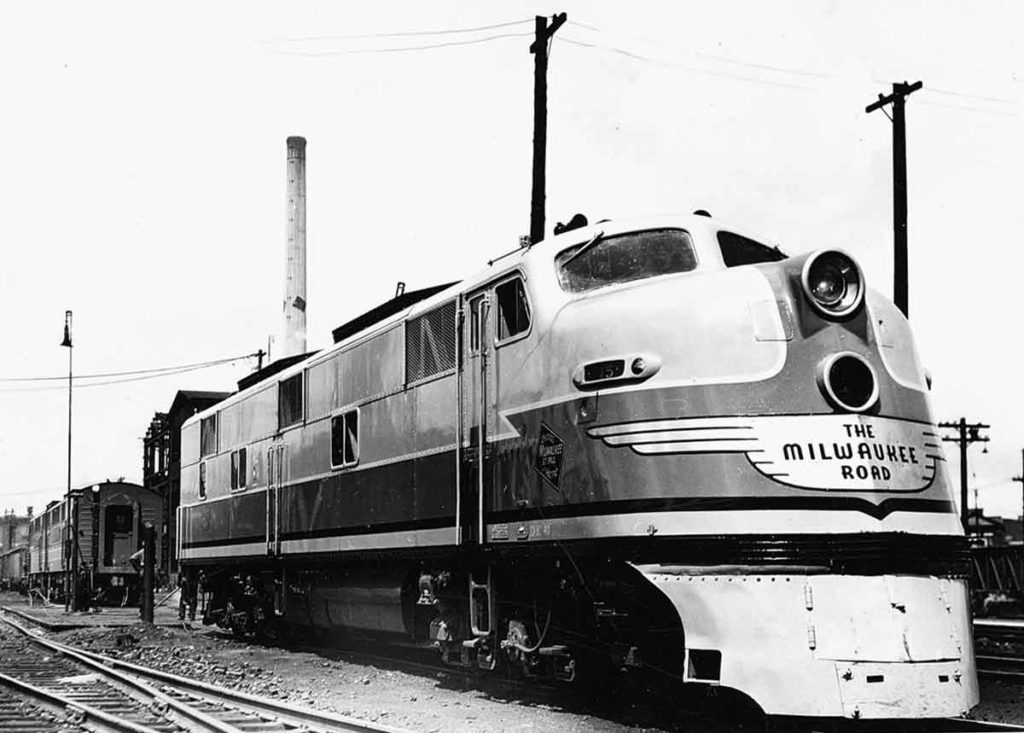
One of the two Electro-Motive E6A diesels that together were known on the Milwaukee Road as “Famous 15” rests between runs at an unidentified location. The E6s’ superb performance and availability in Hiawatha service earned them the nickname. Tevis Freeman photo […]
Read More…
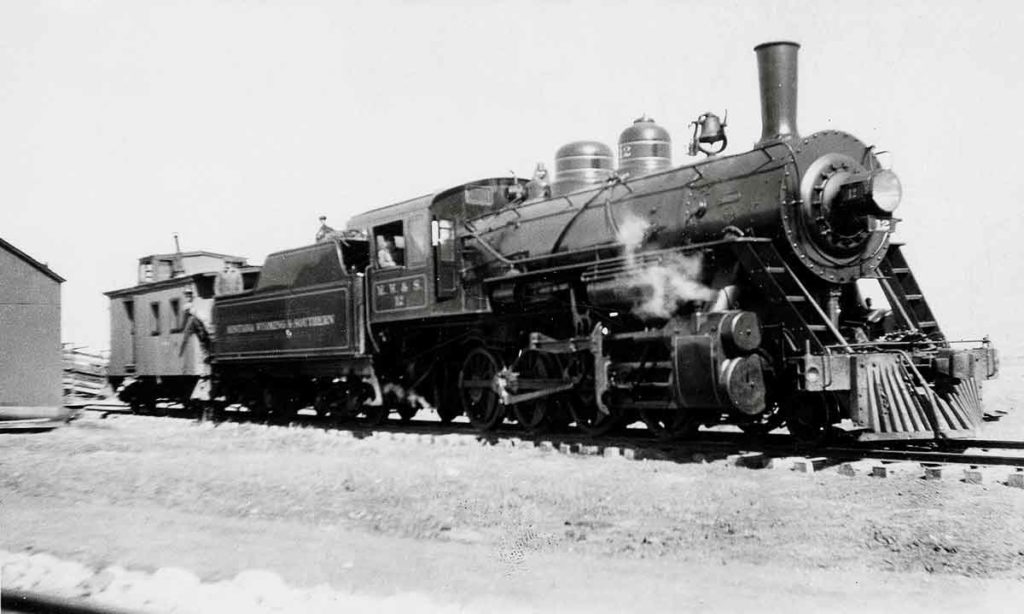
Montana, Wyoming & Southern 2-8-0 No. 12 poses for a photo as it switches a caboose. The tall-stacked, well-kept Consolidation joined the railroad’s roster in 1924. W. H. Bunney photo […]
Read More…












